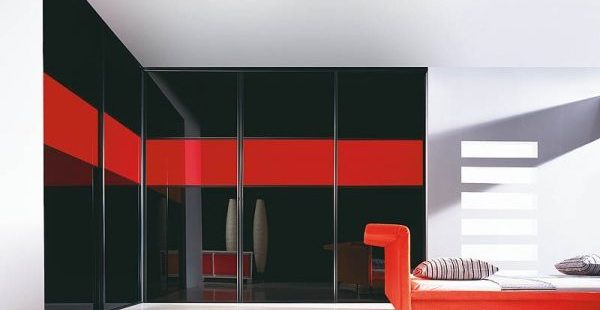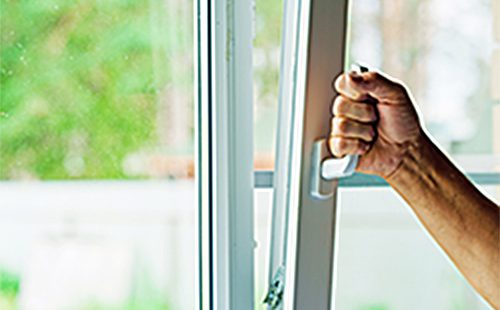Sliding doors move along rails, but can the rails be installed anywhere, and do I want to see them or should they be concealed? Find answers to these questions and more in this article.
Today, sliding doors are much more than a simple room divider: they also serve as design elements that can be used to add individuality to an interior and make optimal use of the available space. Sliding doors are unique in that they can be fitted in many different rooms.
Top rails need a reliable suspension frame
The top rails of sliding doors are generally mounted to the ceiling using screws, which requires a strong and reliable suspension frame. Today, however, many residences are built using lightweight materials. Thus, it may be necessary to install, for example, a wooden beam behind Gyproc board to support your sliding doors.
Bottom rails need a smooth floor
The bottom rails of sliding doors can only be installed in straight and level apertures in parquet or concrete floors. They are installed using double-sided tape, silicone adhesive, or small screws. Before installation, the floor must be cleaned thoroughly. If the floor is waxed, the wax must be removed using a special wax remover.
Rails may be visible
If the sliding door is composed of two or more leaves that must be moveable parallel to the wall by more than the width of the leaf, then the floor needs to be fitted with a guide groove or some sort of skirting. The lower end of the door needs to be equipped with small wheels that move along the guide grooves.
Top rails can also be installed in a specially made aperture.
Rails may be concealed
Top-hung sliding door mechanisms can be concealed by installing them in an aperture, or made with a system of glass partition walls. The only limitation is the need for free space equal to the width of the door leaf next to the doorway.
Consider rail maintenance requirements
Sliding doors that move on nylon plastic rollers do not require any special maintenance. If they get dirty, you can just wipe them down with a cloth. If, however, your sliding doors require a floor-mounted guide rail, the groove of the rail will inevitably fill with dirt and debris over time. This means that in order to keep the door moving freely, you will need to clean the guide groove from time to time.
In-wall rails
If your home is still in the design stage, you might wish to consider a pocket (in-wall) sliding door. In addition to saving valuable floor space, a pocket sliding door will also leave your walls completely free. Pocket sliding doors can also be equipped with locks. This greatly extends their applications. Pocket sliding doors can be used as bedroom or bathroom doors or even as double sliding doors.
Hence, if you so wish, the particularities of installing sliding door rails can be an opportunity instead of an obstacle. Ask for expert advice from Klaasmerk to find the perfect, tailor-made solution with the help of our friendly and professional specialists.








